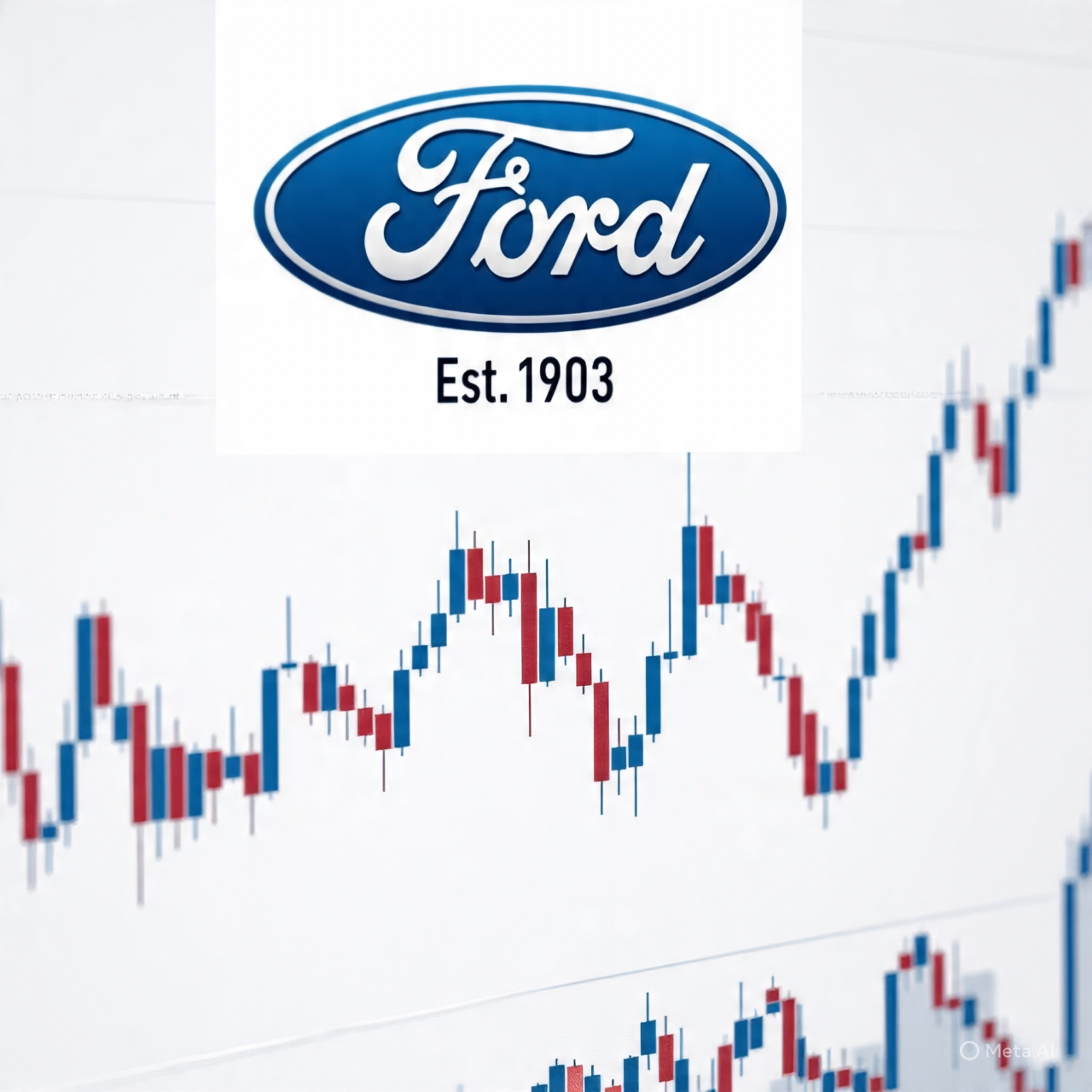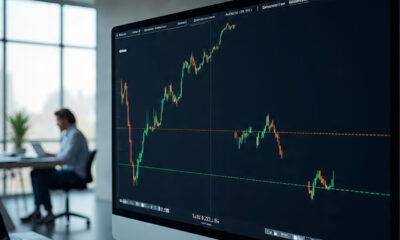Verizon consistently ranks among the highest-yielding stocks in the S&P 500, currently offering approximately 6.5% annual dividend yield. For income investors, that’s compelling – $10,000 invested generates $650 in annual dividends.
The telecommunications giant faces challenges from intense competition and massive capital spending on 5G networks. However, these headwinds are well-known and priced into the stock, which trades at depressed valuations.
What makes Verizon attractive now is dividend safety. The company generates massive cash flow from its wireless and broadband operations, easily covering dividend payments. The payout ratio sits at reasonable levels, suggesting the dividend isn’t at risk even if business conditions remain challenging.
Telecom services are recession-resistant. People don’t cancel phone service during economic downturns, providing revenue stability that supports dividend payments regardless of market conditions.
Altria, the tobacco company behind Marlboro cigarettes, offers one of the highest yields in the market at over 8%. That exceptional yield reflects both the company’s commitment to shareholder returns and concerns about the tobacco industry’s long-term decline.
The bull case for Altria centers on cash generation. Despite declining cigarette volumes, the company produces enormous free cash flow with minimal capital requirements. This cash funds dividends and share buybacks rather than being reinvested in growth.
Altria has raised dividends for over 50 consecutive years, earning Dividend Aristocrat status. This track record demonstrates management’s commitment to prioritizing shareholder returns even as the core business faces structural headwinds.
The risk is obvious – smoking rates continue declining, threatening long-term revenue. However, price increases have offset volume declines historically, maintaining profitability. For investors with multi-year horizons seeking high current income, Altria deserves consideration despite industry concerns.
Enterprise Products Partners operates midstream energy infrastructure including pipelines, storage facilities, and processing plants. The master limited partnership structure allows it to distribute most earnings to investors, resulting in a 7%+ yield.
Unlike oil and gas producers that face commodity price volatility, Enterprise earns mostly fee-based revenue from moving and storing energy products. This business model provides stability regardless of whether oil trades at $60 or $80 per barrel.
The company has increased distributions for 26 consecutive years, demonstrating resilience through multiple energy market cycles. Management maintains conservative leverage and disciplined capital allocation, prioritizing distribution coverage over aggressive growth.
MLPs carry tax complexity that some investors prefer to avoid. However, the high yield and distribution growth history make Enterprise attractive for those willing to handle the tax paperwork.
Bank of Nova Scotia (BNS) – 5.5% Yield
Canadian banks offer higher yields than U.S. counterparts while maintaining strong balance sheets and conservative lending standards. Bank of Nova Scotia (Scotiabank) yields approximately 5.5%, significantly above most American banks.
The bank has substantial Latin American operations, creating both opportunity and risk. Economic growth in emerging markets could boost profitability, while regional instability poses challenges.
Canadian banks avoided the excessive risk-taking that plagued American banks during the 2008 financial crisis. Stricter regulations and more conservative cultures make Canadian banks less likely to face existential threats during downturns.
For investors seeking international diversification with attractive dividend income, Scotiabank provides exposure to Canadian and Latin American markets through a single stock.
Chevron (CVX) – 4.5% Yield
Among major oil companies, Chevron offers one of the most attractive combinations of yield, balance sheet strength, and growth prospects. The current yield sits around 4.5%, well above the S&P 500 average.
Oil prices around $60 per barrel create challenges for energy companies, but Chevron maintains profitability and dividend coverage even at current levels. The company’s diversified operations across upstream production, refining, and chemicals provide stability.
Chevron has increased dividends for over 35 consecutive years, demonstrating commitment to shareholder returns through commodity cycles. Share buybacks supplement dividends, returning substantial cash to investors.
Energy stocks face long-term questions about demand given the transition to renewables. However, oil and gas will remain important for decades, and Chevron’s financial strength positions it to survive and thrive regardless of how energy markets evolve.
Why Dividend Stocks Make Sense Now
Several factors make dividend stocks particularly attractive in Q4 2025:
Market Volatility: After Friday’s 2.7% S&P 500 crash, investors want downside protection. Dividend income cushions losses during market declines.
Rate Cut Environment: With the Fed expected to cut interest rates further, bond yields remain relatively low. Dividend stocks offering 4-6% yields compare favorably to bonds while providing equity upside potential.
Recession Insurance: If economic growth slows, dividend stocks typically outperform growth stocks. The income component provides returns even when capital appreciation disappoints.
Tax Efficiency: Qualified dividends face favorable tax treatment compared to ordinary income, making them attractive for taxable accounts.
Dividend Investment Risks
While dividend stocks offer benefits, they aren’t risk-free:
High yields sometimes signal financial distress rather than opportunity. Companies with unsustainable dividends eventually cut payments, causing share price crashes.
Dividend stocks can underperform during strong growth periods. When the S&P 500 surges 20-30% annually, 5% dividend yields look less exciting.
Interest rate sensitivity affects some dividend sectors. If rates rise unexpectedly, dividend stock prices could decline as bond yields become more competitive.
Building a Dividend Portfolio
Rather than concentrating in one or two stocks, diversify across sectors. The five stocks above represent telecom, tobacco, energy infrastructure, banking, and oil – providing exposure to different industries with varying economic sensitivities.
Reinvesting dividends accelerates wealth building through compounding. Most brokerages offer automatic dividend reinvestment, allowing you to purchase additional shares without transaction costs.
Focus on dividend sustainability, not just yield. A 10% yield means nothing if the company cuts payments by 50% next year. Better to own stable 4% yielders that grow dividends consistently.
The Bottom Line
Q4 2025’s increased market volatility makes dividend stocks worth reconsidering. Verizon, Altria, Enterprise Products Partners, Bank of Nova Scotia, and Chevron offer yields ranging from 4.5% to 8%+, providing income while you wait for market uncertainty to resolve.
These aren’t growth stocks that will double quickly. They’re income generators that provide steady returns regardless of market direction. For investors seeking stability and income in uncertain times, that’s exactly what’s needed.


 Trending news2 months ago
Trending news2 months ago
 ASX Stocks2 months ago
ASX Stocks2 months ago
 ASX Stocks2 months ago
ASX Stocks2 months ago
 Trending news2 months ago
Trending news2 months ago
 ASX Stocks2 months ago
ASX Stocks2 months ago
 Dividend Stocks2 months ago
Dividend Stocks2 months ago
 Trending news2 months ago
Trending news2 months ago
 ASX Stocks2 months ago
ASX Stocks2 months ago





